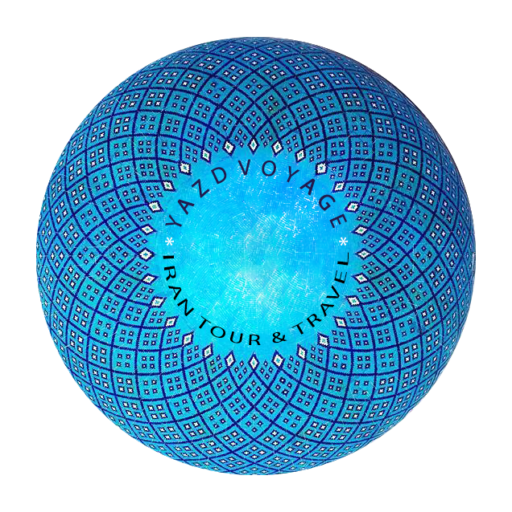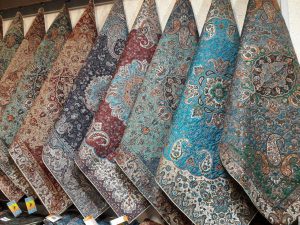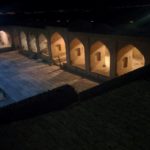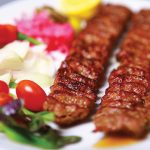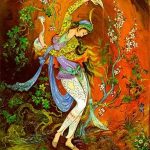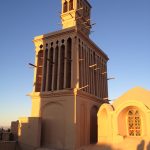Termeh is a hand-woven cloth of Iran, primarily produced in the Yazd province. Weaving Termeh requires good wool with tall fibers. It is woven by an expert with the assistance of a worker called “Goushvareh-kesh”. Weaving Termeh is a sensitive, careful, and time- consuming process; a good weaver can produce only 25 to 30 centimeters in a day. The background colors, which are used in Termehes, are jujube red, light red, green, orange, and black. It has been admired throughout history: Greek historians commented on the beauty of Persian weavings in the Achaemenian (532 BC), Ashkani (222 BC), and Sasanidae (226-641 AD) periods and the famous Chinese tourist Hoan Tesang admired it.
After Islam’s arrival in Iran, the Persian weaving arts were greatly developed, especially during the Safavid period (1502-1736 AD), during which time Zarbaf and Termeh weaving techniques were both significantly refined. Due to the difficulty of producing this fabric and the advent of mechanized weaving, few factories remain in Iran that produce traditionally woven Termeh.
Rezaei is the most famous of t remaining factories.
Iranian Textile Treasures from Our Collection
The Safavid Dynasty and its patronage of the arts during the 16th – 18th centuries led to the advancement of the textile arts to a level that set a new standard. The textile industry consisted of urban centers that were supported by a local agricultural industry that produced silks and wools for the production of fine cloth and rugs. The cities of Qazvin, Esfahan, and Tabriz were set up as industrial centers and represented a significant revenue stream for the Safavid Sultans. The tradition of fine textile weaving continued through the 20th century, and the famed cities continued to create textiles that are still awe-inspiring to this day. At Nazmiyal, we are honored to have some of these treasured Iranian textiles as part of our collection. Here are a few of our favorites.
